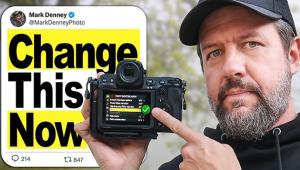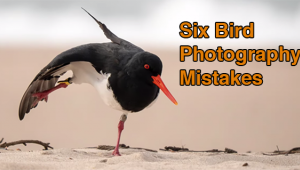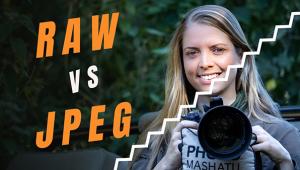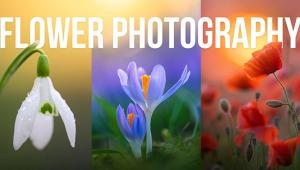How to Photograph Saturday's "Ring of Fire" Solar Eclipse (VIDEO)
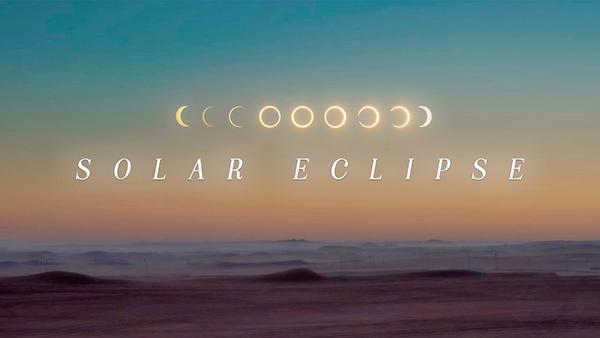
This Saturday, October 14, we'll all be treated to an annular solar eclipse that will provide a great opportunity to capture some impressive images. With that in mind we're featuring the five-minute tutorial below that explains how to get in on the fun.
This impressive spectacle, known as a "ring of fire" occurs when the apparent size of the moon is somewhat smaller than the size of the sun's disk. That's why only the outer ring of the sun remains visible to the eye—appearing as an otherworldly brilliant ring.
This time around everyone will in America will observe at least a partial solar eclipse, as you can see in the map below created by GreatAmericanEclipse.com. The eclipse kicks off in Oregon at 9:13 am Pacific time and ends in Texas at 12.03pm CDT. In this episode from our friends at Mango Street you'll learn the necessary photo techniques as well as important methods for keeping your eyes and your camera safe.

Instructor Daniel Inskeep founded the channel, along with his wife Rachel, as a source of merchandize, the occasional freebie, image-editing presets, and "tutorials that don't waste your time." First on the agenda today are safety precautions that, while simple, are very important to understand. As most of you know, the former President notwithstanding, it's important to never look directly at the sun.
All that's necessary to protect your eyes is a pair of affordable Solar Eclipse Safety Glasses. Your camera's sensor is deserving of protection too, so be sure to use the specific type of filter that Inskeep recommends. You may have heard that a 16-stop ND filter is sufficient, but Inskeep explains why you run the risk of damage by using one of these. He also prefers to use the camera's Live View mode, rather that the viewfinder, when composing your shots.
It's a given that the longer your lens, the larger the sun will look in your photos, so a powerful telephoto is your best bet. Inskeep also discusses a technique known as digiscoping for those of you who own a spotting scope or telescope. All that's required here is the appropriate adapter, specific to the brand of camera you own.

With gear out of the way, Inskeep turns to shooting techniques that are equally straightforward. He suggests shooting in Raw to preserve as much detail and dynamic range as possible. He advises setting the camera to ISO 100 and taking a few preliminary test shots to determine the appropriate shutter speed for getting the exposure right.
There are a few other important tips, like bracketing exposure and using a remote trigger (with the camera mounted atop a tripod), to minimize vibrations that will cause unsharp results with slow shutter speeds. Inskeep also provides a few tricks so you'll be prepared for a total eclipse that will occur in April of next year.
After watching the video pay a visit the popular Mango Street YouTube channel for more great photocentric stuff. We also suggest watching another brief tutorial we posted earlier, explaining a powerful three-minute tip for creating eye-catching landscape photographs with more depth and dimension.
